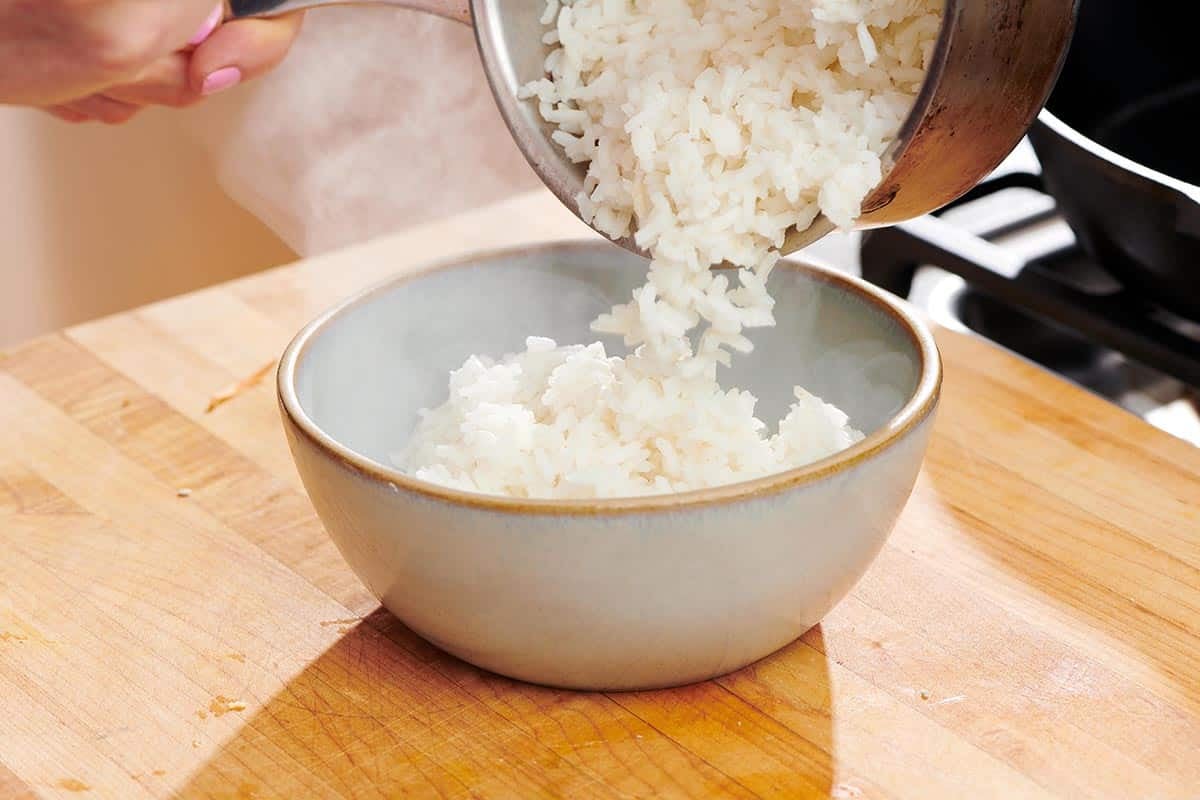

Articles
How To Make Rice In A Rice Cooker
Modified: December 6, 2023
Learn how to make perfectly cooked rice in a rice cooker with our informative articles. Discover tips, tricks, and recipes for delicious rice dishes.
(Many of the links in this article redirect to a specific reviewed product. Your purchase of these products through affiliate links helps to generate commission for Storables.com, at no extra cost. Learn more)
Introduction
Welcome to the wonderful world of rice cookers! If you’re a fan of fluffy, perfectly cooked rice, then owning a rice cooker is a game-changer. This handy kitchen appliance takes the guesswork out of cooking rice, delivering consistent results every time. Whether you’re a novice chef or an experienced home cook, using a rice cooker ensures that your rice turns out just right, with minimal effort and maximum flavor.
In this article, we’ll guide you through the process of making rice in a rice cooker, from choosing the right rice to the final step of serving delicious rice on your plate. We’ll also offer some helpful tips along the way to help you achieve rice-cooking perfection.
So, let’s dive in and learn how to make rice in a rice cooker!
Key Takeaways:
- Choosing the right type of rice, measuring accurately, and adding optional seasonings can help you create fluffy, flavorful rice in a rice cooker. Experiment with different rice varieties and seasonings to elevate your meals!
- Proper cleaning and maintenance of your rice cooker are essential for its longevity and optimal performance. By following these practices, you can ensure hygienic and efficient cooking for years to come.
Read more: How To Make Risotto In A Rice Cooker
Choosing the Right Rice
When it comes to making rice in a rice cooker, choosing the right type of rice is crucial. There are several varieties of rice available, each with its own unique characteristics and flavors. Here are a few popular types of rice that work well in a rice cooker:
- White Rice: This is the most common type of rice used for everyday meals. It has a mild flavor and a fluffy texture when cooked.
- Brown Rice: Brown rice is a healthier alternative to white rice because it contains the bran and germ layers, which are rich in fiber and nutrients. It has a slightly nutty flavor and a chewy texture.
- Basmati Rice: Basmati rice is a fragrant long-grain rice commonly used in Indian and Middle Eastern cuisines. It has a distinct aroma and a delicate, fluffy texture.
- Jasmine Rice: Jasmine rice is another aromatic long-grain rice, popular in Southeast Asian dishes. It has a subtle floral fragrance and a soft, slightly sticky texture.
- Arborio Rice: Arborio rice is a short-grain rice used primarily in Italian dishes, especially risotto. It has a creamy texture when cooked and absorbs flavors well.
When selecting rice for your rice cooker, consider the type of meal you’re preparing and the flavor profile you desire. Keep in mind that different rice varieties may require slightly different cooking times and water ratios, so be sure to follow the instructions on your rice cooker or the packaging of the rice you choose.
Now that you know a bit about the different types of rice, let’s move on to measuring the rice and water.
Measuring the Rice and Water
Proper measurements are key to achieving perfectly cooked rice in your rice cooker. While some rice cookers come with measuring cups, it’s always a good idea to use a standard measuring cup to ensure accuracy. The general rule of thumb for cooking rice is to use a 1:2 ratio of rice to water, but this can vary depending on the type of rice and personal preference.
To measure the rice, simply use the measuring cup provided or a standard measuring cup and scoop the desired amount of rice into the rice cooker pot. Use the back of a knife or a straight edge to level off the rice for an accurate measurement.
Next, add water to the pot based on the recommended ratio. For example, if you’re using 1 cup of rice, add 2 cups of water. This ratio works well for most types of rice, but you can adjust it slightly based on your preference for drier or stickier rice. Experiment with different ratios to find your desired texture.
Remember to always pour the water into the pot after measuring the rice. This ensures that you don’t accidentally add too much or too little water, as it can throw off the cooking process.
Once the rice and water are properly measured and added to the pot, it’s time to prepare the rice for cooking. Let’s dive into the next step.
Preparing the Rice
Before you start cooking the rice in your rice cooker, it’s important to give it a quick rinse. Rinsing the rice helps remove any excess starch and impurities, resulting in fluffier and less sticky rice.
To rinse the rice, place it in a fine-mesh sieve or colander and hold it under cold running water. Gently swirl the rice with your fingers to ensure that all grains are thoroughly rinsed. Continue rinsing until the water runs clear, indicating that most of the starch has been removed.
After rinsing, transfer the rice to the rice cooker pot. If your rice cooker has a removable inner pot, make sure it’s securely in place before adding the rice.
At this point, you can choose to add a pinch of salt to enhance the flavor of the rice. This step is optional, but it can add a subtle seasoning that complements the overall dish.
Once the rice is in the pot, gently level the surface with a spoon or rice paddle to ensure even cooking. Avoid pressing down on the rice or compacting it too much, as this can result in uneven texture.
Now that the rice is prepared, we can move on to adding seasonings, which can elevate the flavor of your rice dish. Let’s explore this step further.
Adding Seasonings (Optional)
While plain rice can be delicious on its own, adding seasonings can take your dish to the next level. Seasonings can add depth of flavor and complement the other ingredients in your meal. Here are a few popular options for adding seasonings to your rice:
- Salt: A pinch of salt can enhance the natural flavors of the rice.
- Herbs and Spices: Experiment with herbs and spices such as garlic powder, onion powder, paprika, turmeric, or dried herbs like thyme or rosemary. These can add aromatic notes and a hint of complexity to your rice.
- Bouillon or Broth: Dissolving a bouillon cube or using broth instead of water can infuse your rice with savory flavors.
- Coconut Milk: If you’re making a tropical-inspired dish, substituting some of the water with coconut milk can lend a creamy and aromatic touch to the rice.
- Citrus Zest: Adding the zest of a lemon or lime can impart a refreshing citrus flavor to the rice.
- Soy Sauce or Tamari: For an Asian-inspired dish, a splash of soy sauce or tamari can add umami and a touch of saltiness.
When adding seasonings, it’s important not to overpower the rice. Start with a small amount and adjust to taste. Remember that some seasonings may add moisture, so you might need to reduce the amount of water slightly to maintain the proper rice-to-water ratio.
Once you’ve added your desired seasonings, it’s time to move on to setting the rice cooker for cooking. Let’s explore this step.
Read more: How To Make Flavorful Rice In Rice Cooker
Setting the Rice Cooker
Setting the rice cooker is a simple process that ensures the rice is cooked to perfection. Different rice cookers may have varying settings and options, but most follow a similar basic procedure.
First, ensure that the inner pot is securely placed in the rice cooker. Then, close the lid tightly to create a sealed cooking environment.
Next, locate the buttons or dials on your rice cooker that control the cooking settings. Common settings include “Cook,” “Rice,” or specific options for different rice varieties like “White Rice,” “Brown Rice,” etc.
If your rice cooker has different options, select the appropriate setting based on the type of rice you’re using. For example, if you’re cooking white rice, choose the “White Rice” setting. If you’re using brown rice, select the “Brown Rice” setting.
Some rice cookers also have additional settings such as “Quick Cook” or “Delay Timer,” which you can use depending on your preferences and time constraints.
Once you’ve selected the desired setting, the rice cooker will start the cooking process. The cooking time will vary depending on the type of rice and the specific model of the rice cooker. Generally, white rice takes around 15-20 minutes, while brown rice may take around 30-40 minutes.
During the cooking process, the rice cooker will monitor the temperature and adjust the cooking time as needed to ensure that the rice is cooked evenly.
While the rice cooks, avoid opening the lid to check on the progress unless it’s necessary. Opening the lid prematurely can release steam and affect the cooking time and results.
Once the cooking cycle is completed, some rice cookers may automatically switch to a “Keep Warm” mode to prevent the rice from getting cold. This feature is beneficial if you’re not ready to serve the rice immediately.
With the rice cooker set and the rice cooking away, all that’s left to do is wait for the delicious aroma to fill your kitchen. In the meantime, let’s move on to the next step, which involves checking and fluffing the rice.
Add a teaspoon of oil to the rice cooker before adding the rice and water. This will help prevent the rice from sticking to the bottom of the cooker.
Cooking Time and Temperature
The cooking time and temperature for rice in a rice cooker can vary depending on the type of rice and the specific model of the rice cooker. However, here are some general guidelines to help you get started:
For white rice:
- Cooking Time: Typically, white rice takes around 15-20 minutes to cook in a rice cooker.
- Temperature: The rice cooker will maintain a temperature of around 212°F (100°C) during the cooking process.
For brown rice:
- Cooking Time: Brown rice generally takes longer to cook than white rice. It can take around 30-40 minutes in a rice cooker.
- Temperature: The rice cooker will maintain a similar temperature of around 212°F (100°C) for cooking brown rice.
It’s important to note that these are just general guidelines, and you should always refer to the instructions provided by the rice cooker manufacturer and adjust the cooking time and temperature based on your specific rice cooker model.
Additionally, some advanced rice cookers offer options for adjusting the cooking time or heat level. For example, you may have the ability to choose a “Quick Cook” option that reduces the cooking time for faster results.
Remember, resist the temptation to open the lid during the cooking process, as this can disrupt the cooking time and affect the final results.
Now that we’ve covered the cooking time and temperature, let’s move on to the exciting part – checking and fluffing the rice!
Checking and Fluffing the Rice
Once the cooking cycle is complete, it’s time to check the rice for doneness and give it a gentle fluffing. Follow these steps to ensure your rice is perfectly cooked:
1. First, let the rice sit in the rice cooker for a few minutes after the cooking cycle ends. This allows the rice to continue steaming and ensures even cooking throughout.
2. Open the lid of the rice cooker and use a rice paddle or a fork to gently fluff the rice. This separates the grains and helps release any excess moisture, resulting in a light and fluffy texture.
3. Take a small taste test to check if the rice is fully cooked. The grains should be tender but still have a slight bite. If the rice is too firm, close the lid and let it sit for a few more minutes to continue steaming.
4. If the rice is cooked to your liking, it’s time to serve and enjoy!
Remember, it’s crucial not to press down on the rice while fluffing or stir it vigorously, as this can lead to clumpy rice. Use a gentle folding motion to maintain the individual grains.
If you find that the rice is too wet or sticky for your preference, you can leave the lid of the rice cooker slightly ajar for a few minutes to allow some moisture to evaporate. Alternatively, you can fluff the rice and let it sit uncovered for a short period before serving.
Fluffing the rice not only improves the texture but also helps release some of the steam, preventing the rice from becoming mushy or overly moist.
Now that you’ve checked and fluffed the rice, it’s time to serve it alongside your favorite dishes. Let’s move on to the next step – serving the rice!
Serving the Rice
Now that your rice is perfectly cooked and fluffed, it’s time to serve it up and enjoy the fruits of your labor. Here are a few tips for serving the rice:
1. Use a rice paddle or a large spoon to gently transfer the rice from the rice cooker pot to a serving dish. Avoid scraping the bottom of the pot too vigorously to prevent any burnt rice from mixing with the rest.
2. Shape the rice into a mound or use a small bowl lined with plastic wrap to create a neatly shaped portion. This adds a touch of elegance and makes for a visually appealing presentation.
3. If desired, garnish the rice with some fresh herbs, such as chopped parsley or cilantro, to add a pop of color and freshness. You can also sprinkle some sesame seeds or green onions on top for added flavor and texture.
4. Serve the rice alongside your main dish or as a base for other ingredients. It pairs well with a wide variety of cuisines, such as Asian stir-fries, Indian curries, or Mediterranean dishes.
5. Consider using a decorative serving bowl or plate to enhance the visual appeal of your rice-based dish. Presentation can make a significant difference in the overall dining experience.
6. Enjoy your delicious rice while it’s still warm. Rice tastes best when served fresh and retains its fluffy texture.
Remember, rice is a versatile grain that can be enjoyed on its own or as a complementary element in a larger meal. Get creative with your rice dishes by adding vegetables, proteins, or sauces to create a well-rounded and satisfying meal.
Now that you’re ready to dig into your rice creation, let’s move on to the final step – cleaning and maintaining your rice cooker for future use.
Read more: How To Make Butter Rice In Rice Cooker
Cleaning and Maintenance
Proper cleaning and maintenance of your rice cooker are essential for its longevity and optimal performance. Here are some tips to keep your rice cooker in top shape:
1. Unplug the rice cooker and allow it to cool down before cleaning. Never immerse the entire rice cooker in water or put it in the dishwasher.
2. Remove the inner pot from the rice cooker and wash it with warm soapy water. Use a non-abrasive sponge or cloth to gently scrub away any food residue. Rinse thoroughly and dry the pot before placing it back in the rice cooker.
3. Clean the exterior of the rice cooker with a damp cloth to remove any spills or stains. Avoid using harsh chemicals or abrasive cleaners, as they can damage the surface of the appliance.
4. If your rice cooker has a removable steam vent or condensation collector, remove them and clean them separately according to the manufacturer’s instructions. These parts can collect excess moisture and become breeding grounds for mold or bacteria if not properly cleaned.
5. Regularly inspect the seals and gaskets of your rice cooker to ensure they are in good condition. If you notice any cracks or signs of wear, contact the manufacturer for replacement parts.
6. Avoid using metal utensils or abrasive cleaning tools that can scratch the non-stick coating of the inner pot. This can impair its performance and lead to uneven cooking or food sticking to the surface.
7. Store your rice cooker in a cool and dry place, away from direct sunlight or heat sources. This helps prevent any damage to the appliance and prolongs its lifespan.
By following these cleaning and maintenance practices, you’ll ensure that your rice cooker remains clean, hygienic, and in optimal working condition for many delicious rice-cooking sessions to come.
Now that you know how to properly care for your rice cooker, it’s time to wrap up this article on making rice in a rice cooker. With the right type of rice, proper measurements, and a few additional seasonings, you can create fluffy and flavorful rice every time.
So, embrace the convenience of your rice cooker and enjoy the perfect rice dish to accompany your favorite meals!
Happy cooking and bon appétit!
Conclusion
Congratulations! You’ve learned all the necessary steps to make delicious and perfectly cooked rice in a rice cooker. With the right type of rice, accurate measurements, and optional seasonings, you can create fluffy, flavorful rice that will impress your family and guests.
Remember to choose the type of rice that suits your preference and the dish you’re preparing. Basmati rice for fragrant Indian meals, jasmine rice for delicate Asian cuisines, or brown rice for a healthier option – the choice is yours. Just make sure to follow the recommended ratios and cooking times for each type of rice to achieve the best results.
Measuring the rice and water accurately is crucial for achieving the desired texture and consistency. A general rule of thumb is to use a 1:2 ratio of rice to water, but this can be adjusted slightly based on personal preference. Experiment with different ratios to find the perfect balance for your taste buds.
Don’t hesitate to explore the world of seasonings and add your own twist to the rice. Herbs, spices, broth, or coconut milk can elevate the flavor and make your rice dishes even more exciting.
Setting the right cooking time and temperature, as well as the proper maintenance of your rice cooker, ensure consistent and reliable results every time.
Once your rice is cooked, take the time to fluff it gently to achieve a light and airy texture. This simple step makes a big difference in the final presentation and eating experience.
Serve your rice alongside your favorite dishes and enjoy the fruits of your labor. Whether it’s a comforting stir-fry, a flavorful curry, or a mouthwatering protein, your perfectly cooked rice will complement any meal.
Finally, don’t forget to clean and maintain your rice cooker to keep it in excellent condition. Proper care and regular cleaning will not only extend the lifespan of your appliance but also ensure hygienic and efficient cooking for years to come.
So, embrace the convenience and versatility of your rice cooker, experiment with different rice varieties and seasonings, and elevate your meals with fluffy, delicious rice.
Happy cooking!
Frequently Asked Questions about How To Make Rice In A Rice Cooker
Was this page helpful?
At Storables.com, we guarantee accurate and reliable information. Our content, validated by Expert Board Contributors, is crafted following stringent Editorial Policies. We're committed to providing you with well-researched, expert-backed insights for all your informational needs.
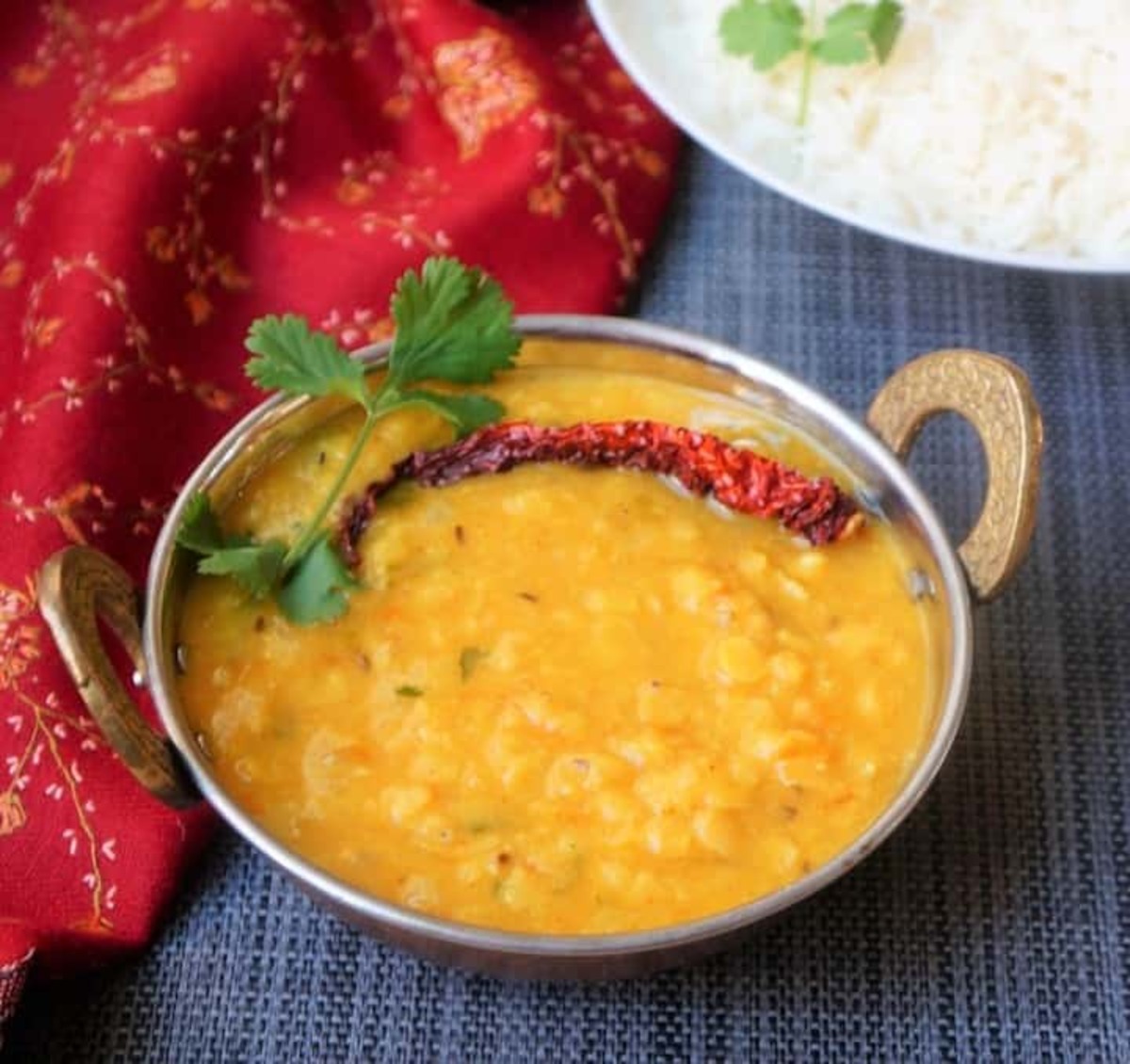
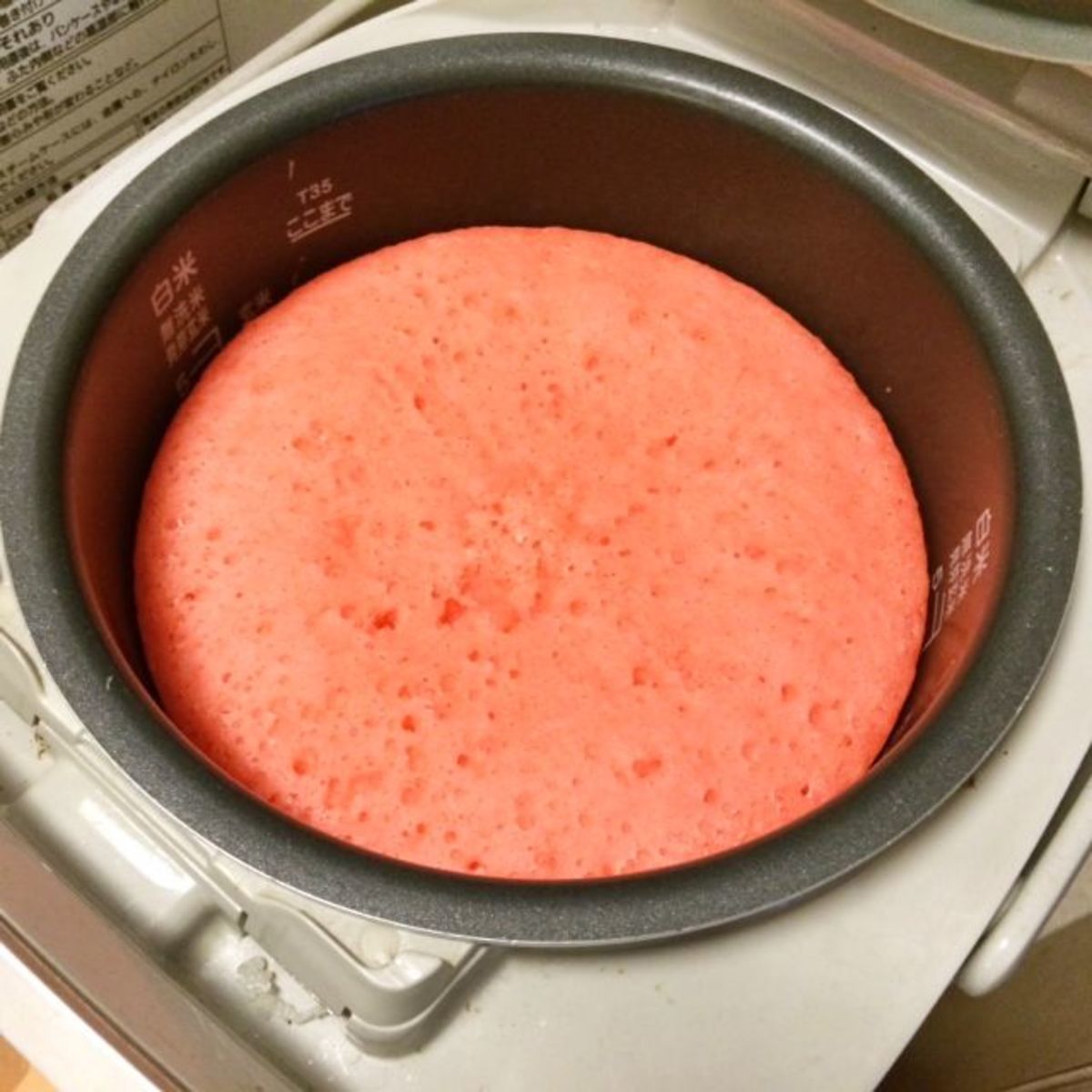
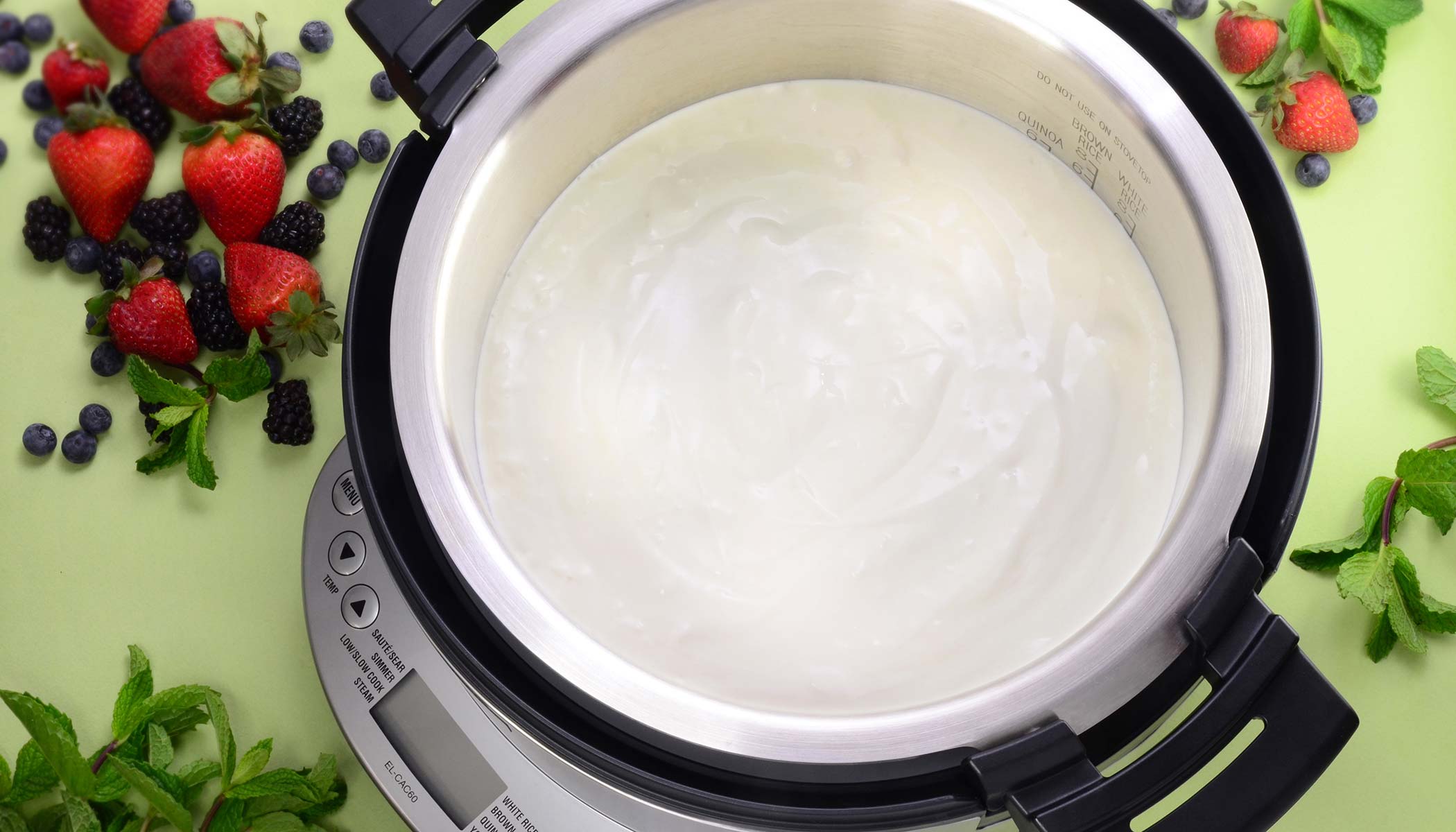
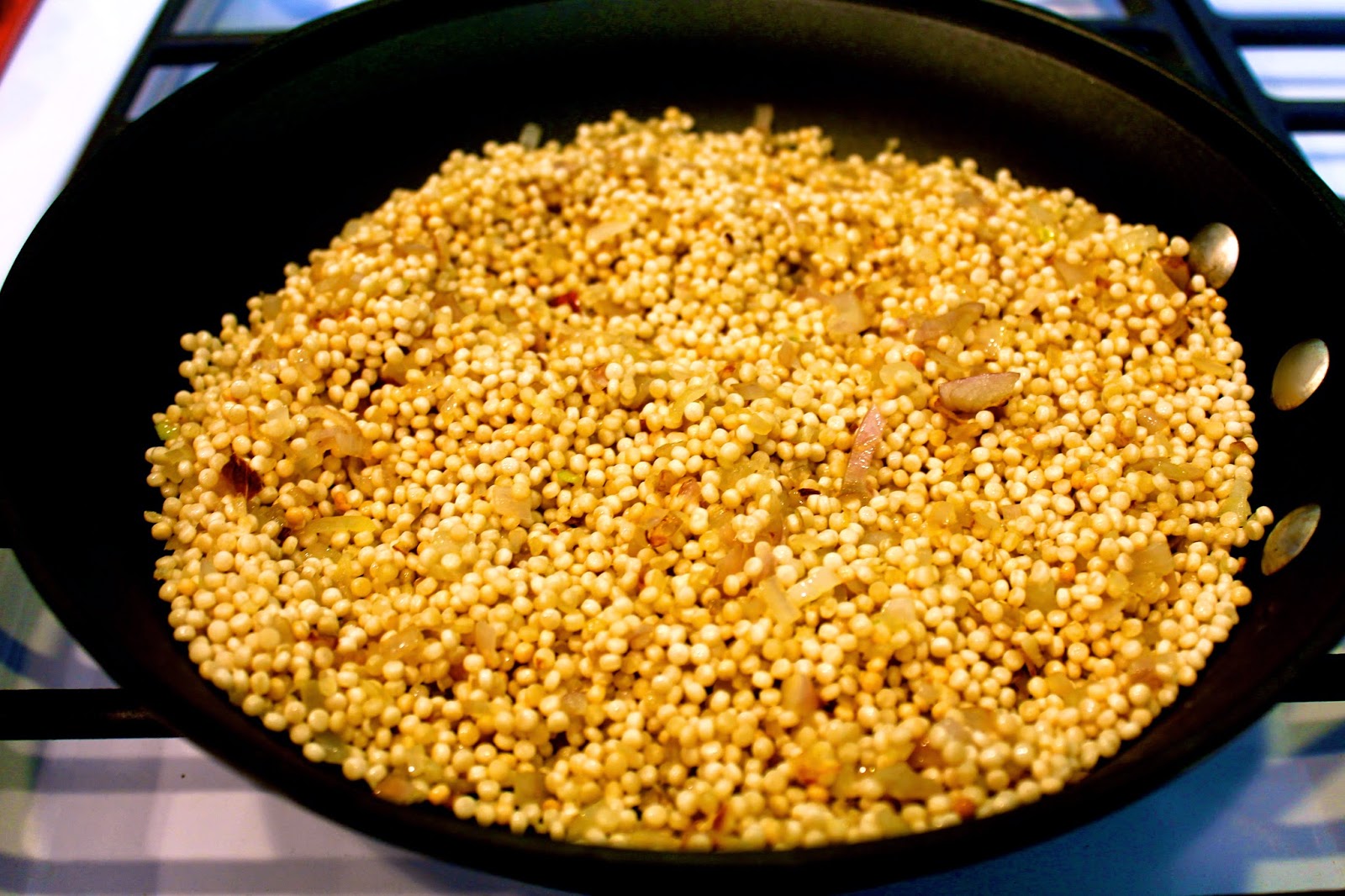
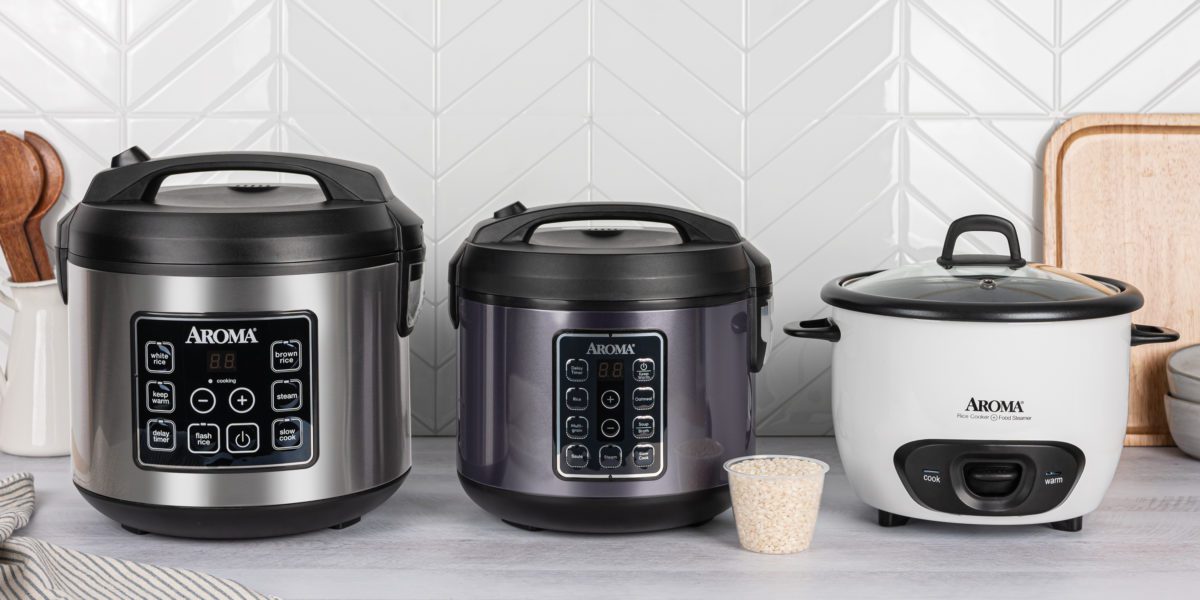
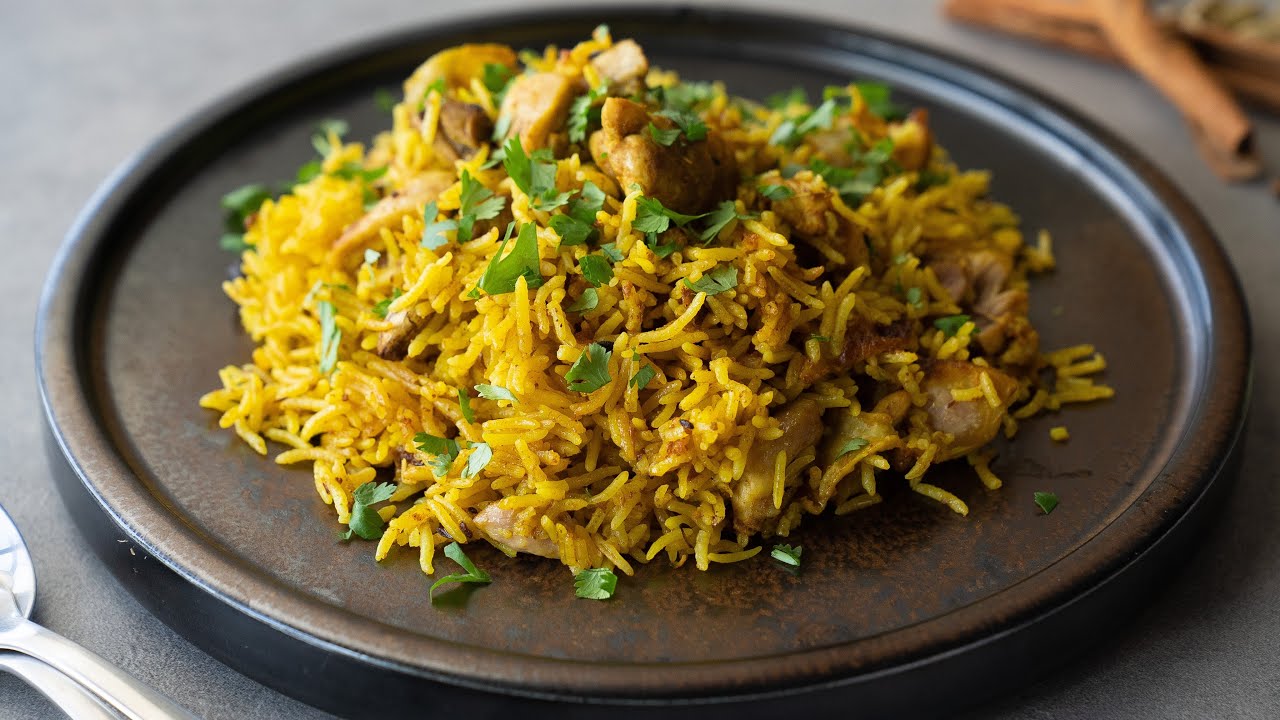
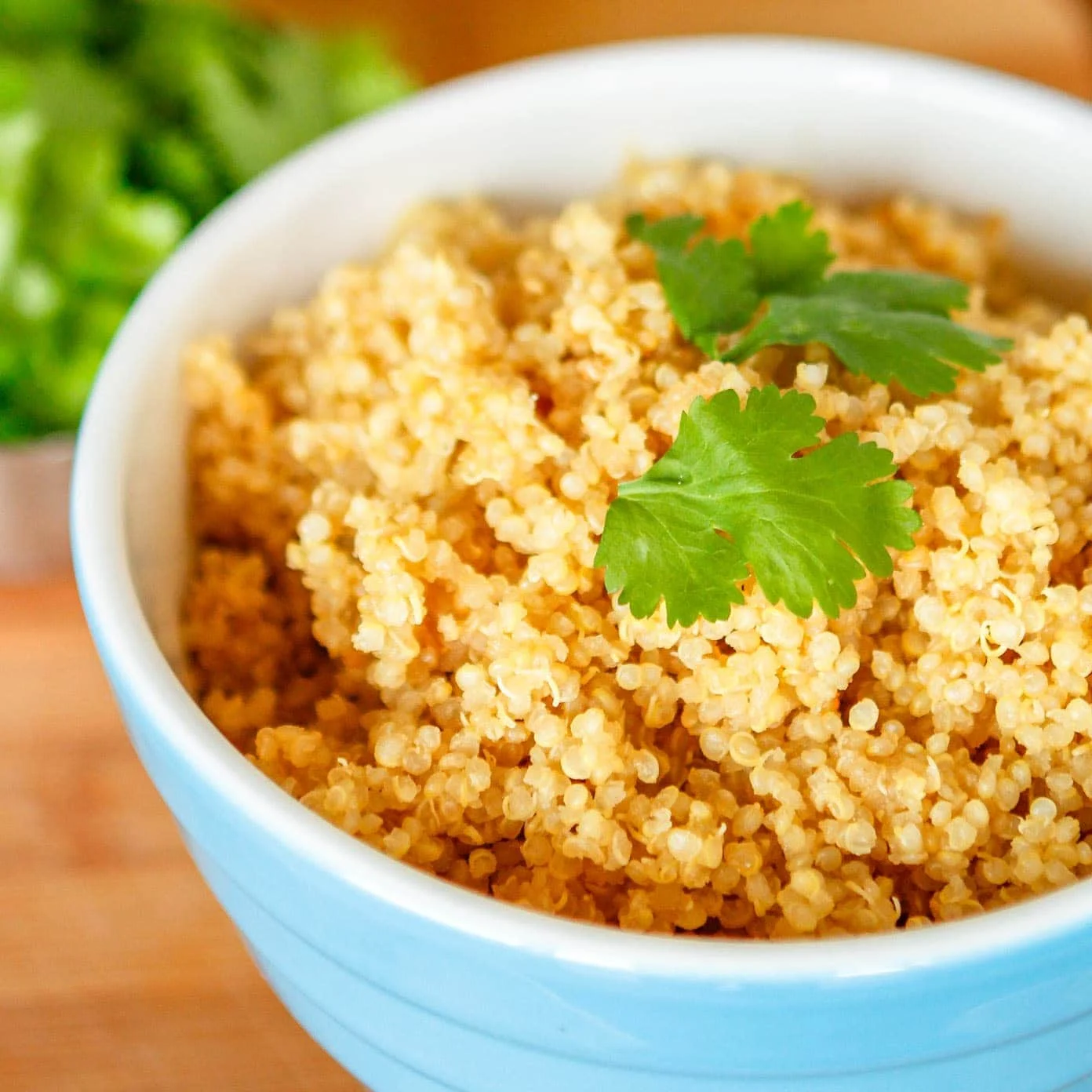
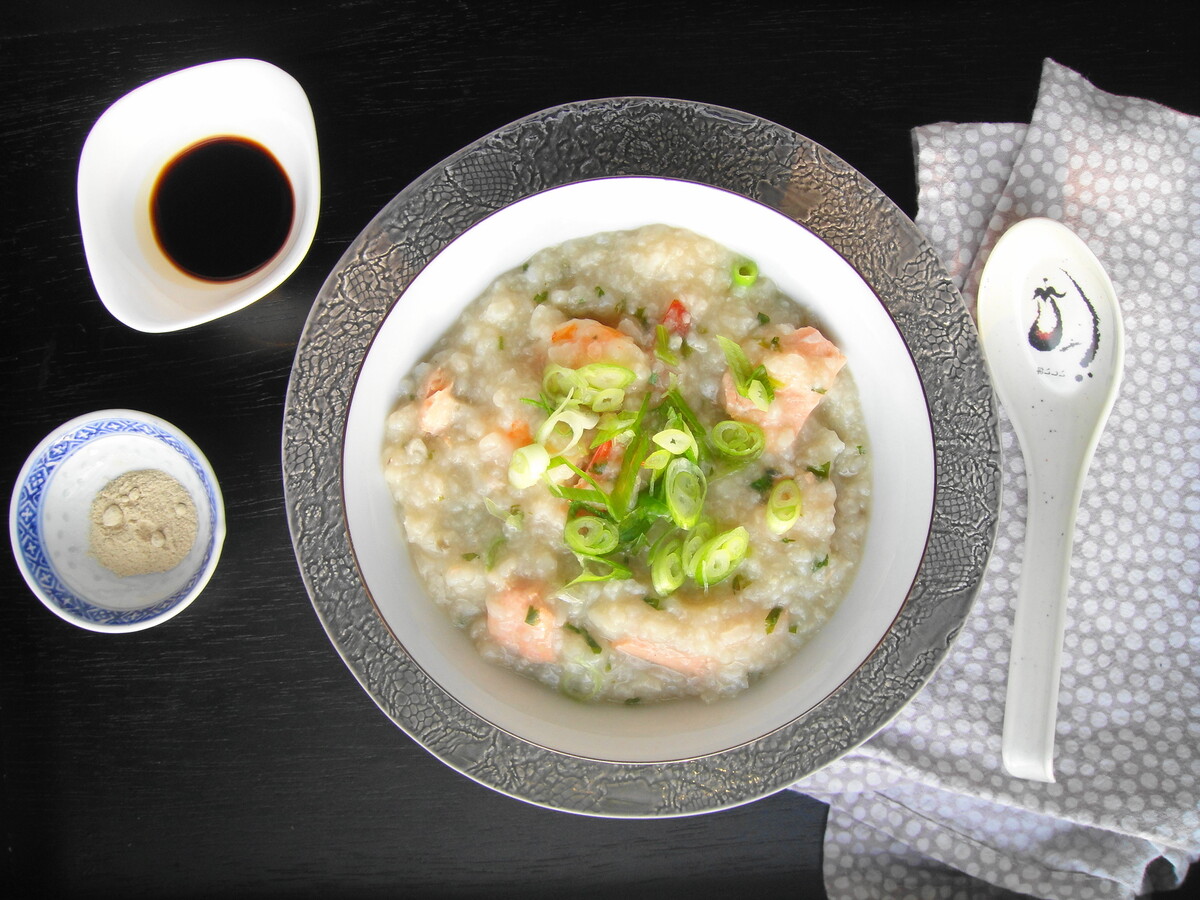
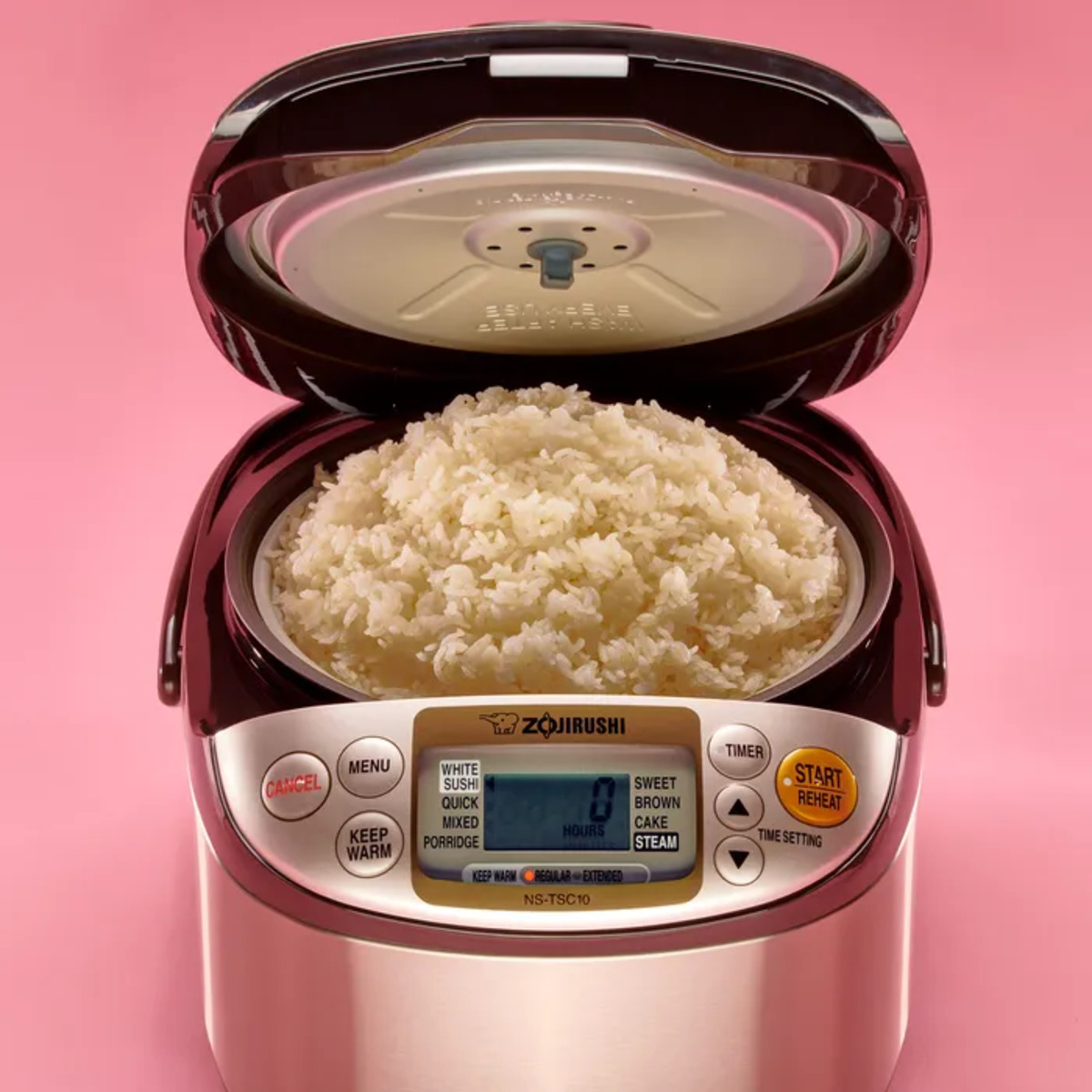
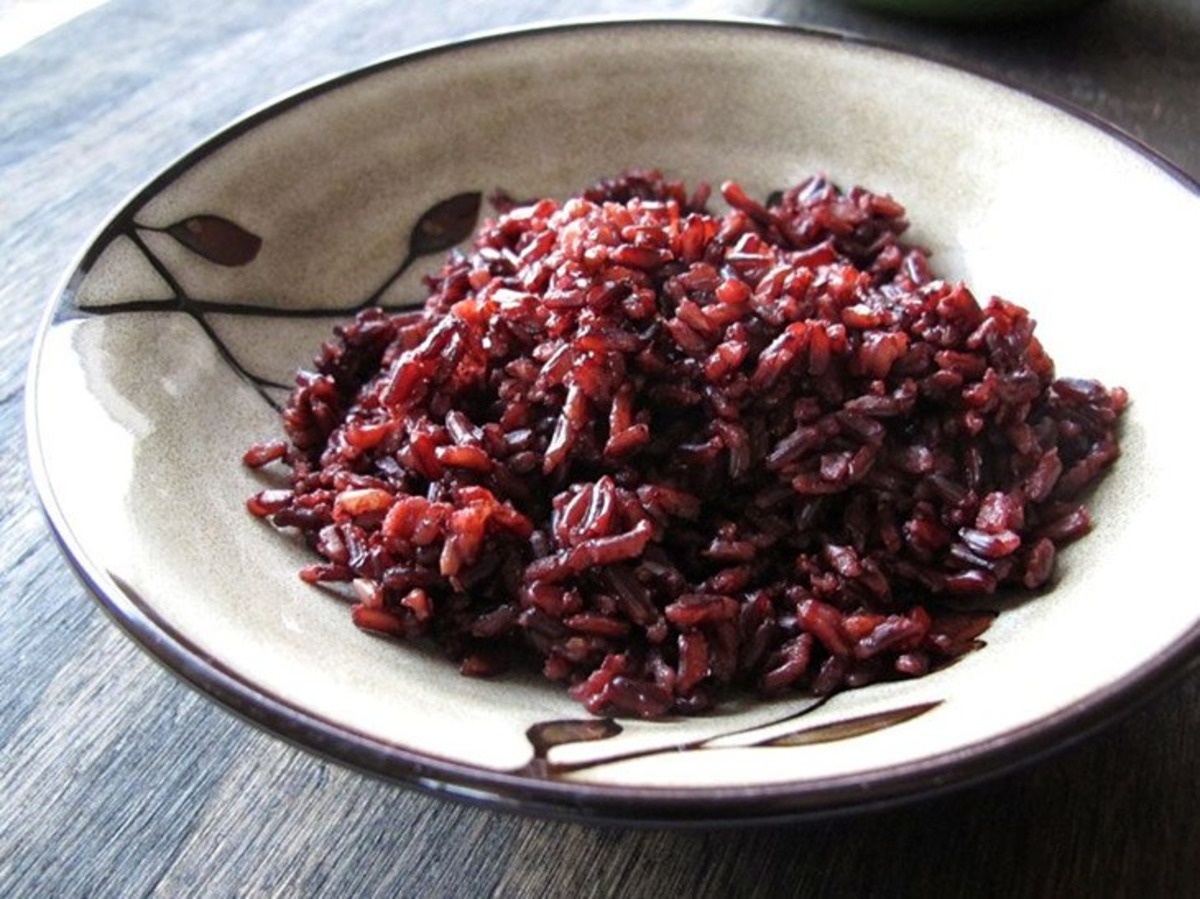
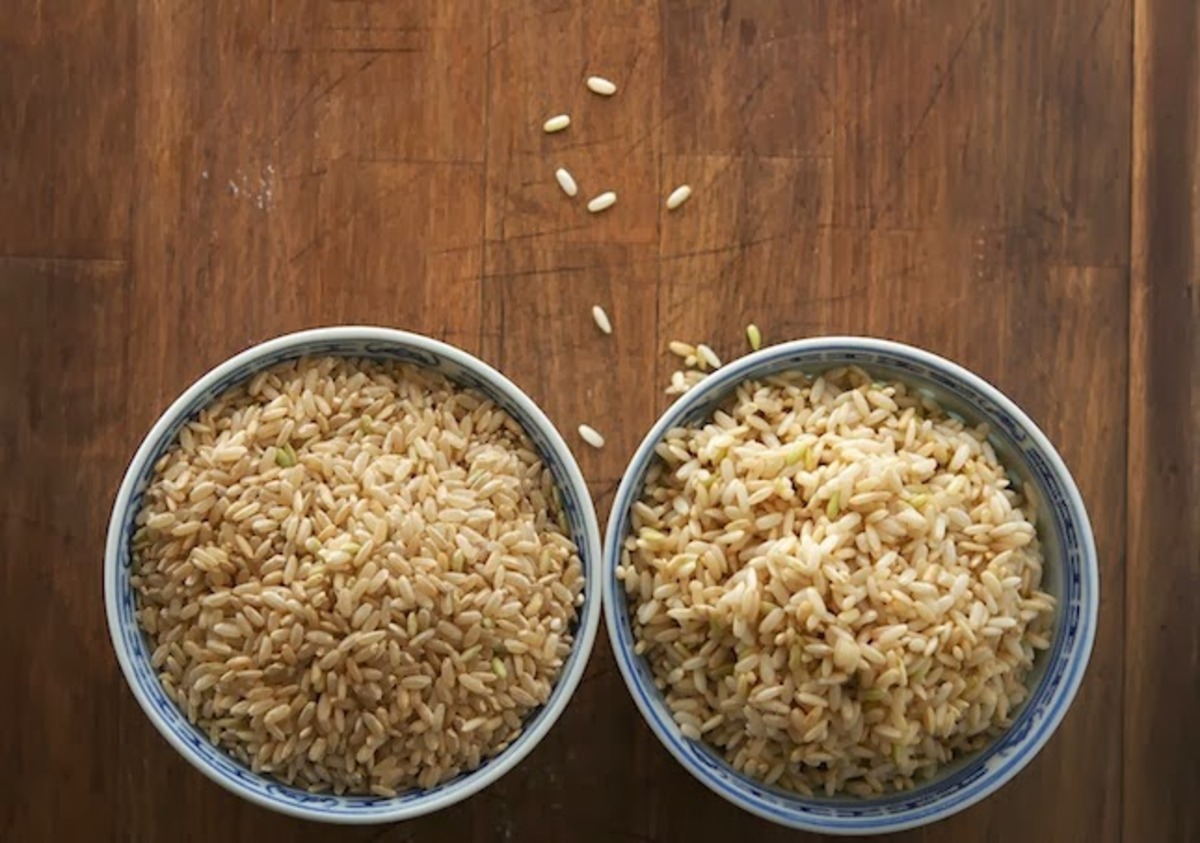
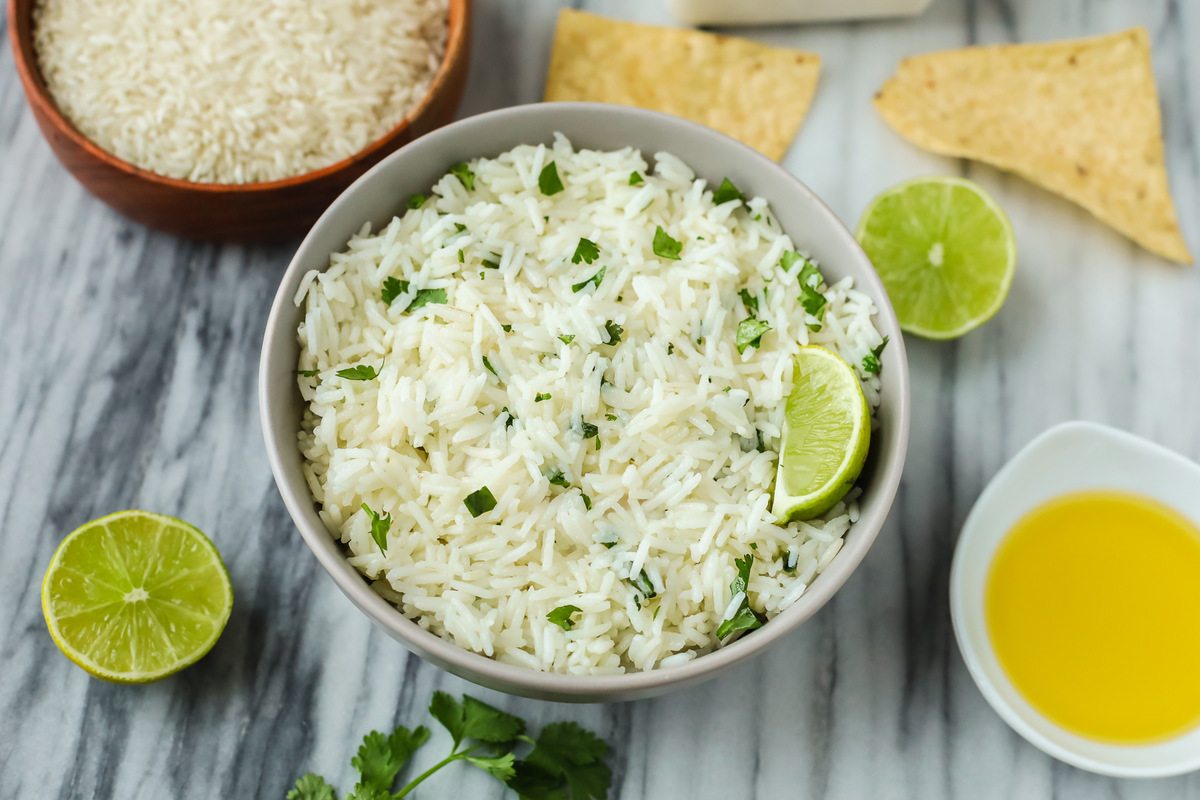
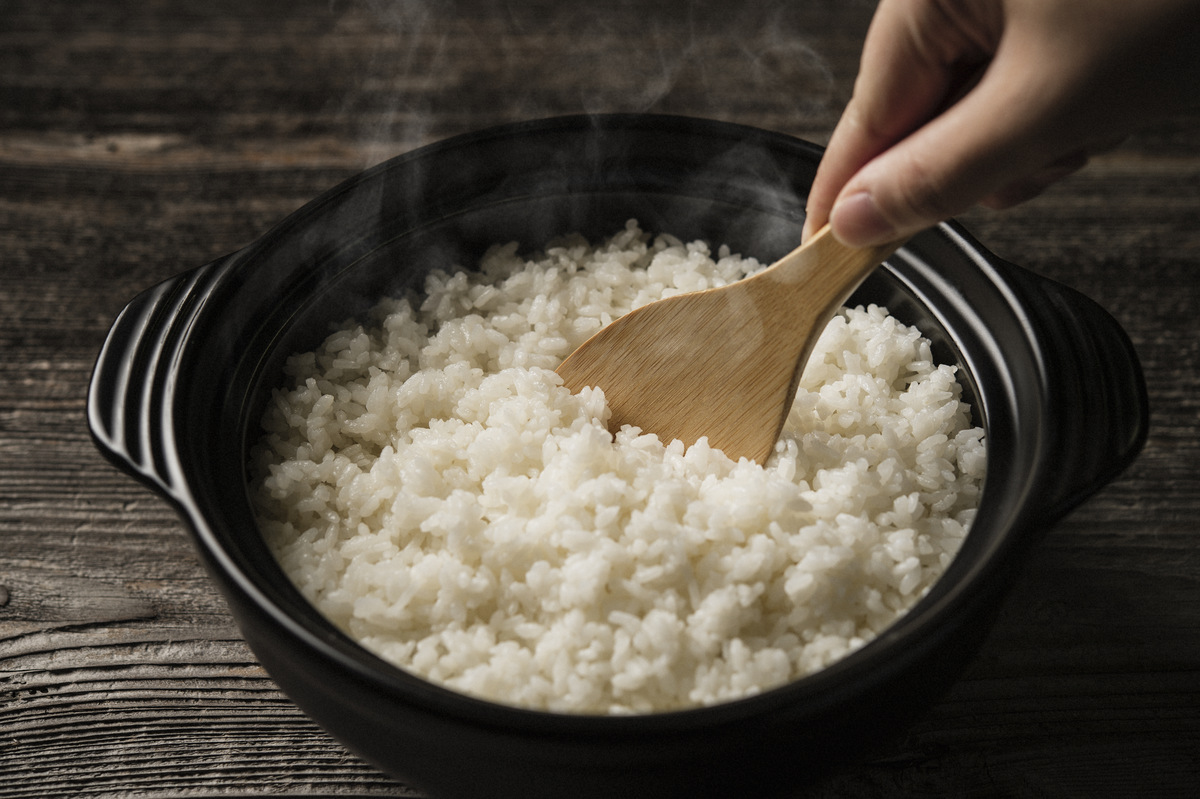

0 thoughts on “How To Make Rice In A Rice Cooker”